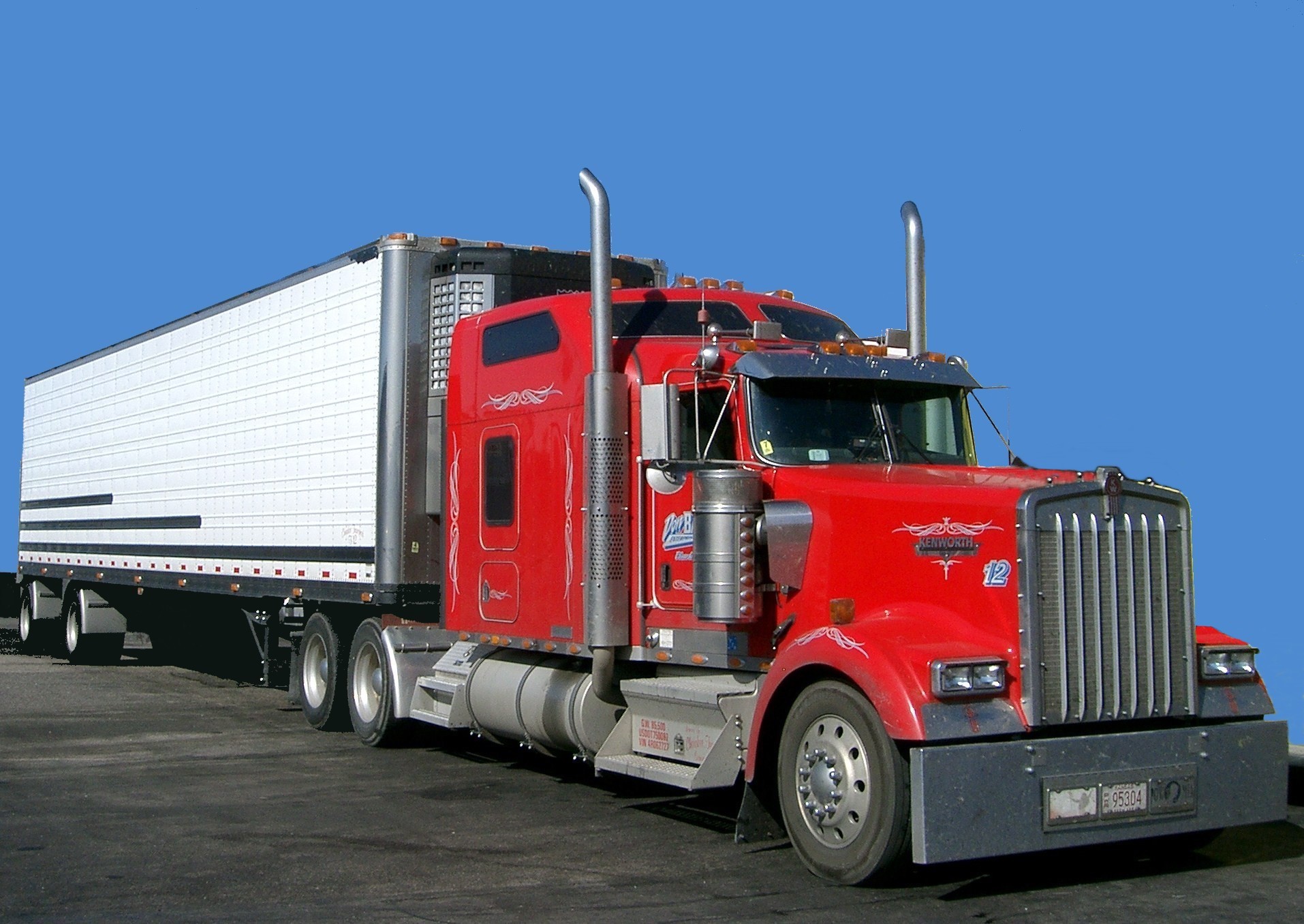When it comes to selecting a truck, choosing between a Regular Cab and a Crew Cab can feel like deciding between apples and oranges. Both configurations offer unique advantages and trade-offs. Understanding these differences is crucial for making an informed decision that best suits your lifestyle and requirements. This article dives deep into the characteristics of each cab style, weighing their pros and cons while illuminating why this comparison captivates enthusiasts and casual consumers alike.
1. Understanding Truck Cab Styles
At the heart of the matter lies the design and intended purpose of Regular and Crew Cabs. Regular Cabs typically feature two doors and a single row of seating, accommodating two to three passengers at most; they often prioritize functionality and cargo space. Conversely, Crew Cabs boast four doors and can comfortably seat five to six individuals, integrating family comfort with utility. This inherent distinction taps into the core of truck ownership—balancing practical needs with lifestyle demands.
2. Functionality: The Capacity Factor
The Regular Cab excels in utility. With its compact frame and optimized design, it allows for a larger bed area, enhancing cargo capacity. If your routine involves hauling heavy loads, be it construction materials or recreational equipment, this configuration shines brightly. Furthermore, less square footage can translate to improved maneuverability—an essential aspect when navigating crowded urban environments or towing in tricky spots.
On the other hand, Crew Cabs extend more than just additional seating. The extra space makes a world of difference when accommodating passengers, especially for families or groups of friends. Consider the implications of longer road trips or weekend getaways: having adequate legroom and comfort for all occupants can transform an otherwise mundane journey into an enjoyable experience.
3. Comfort vs. Practicality
Delving deeper, the comfort factor stands out starkly between the two cab types. While Regular Cabs prioritize cargo space over passenger room, they often compromise on comfort for those riding within. If you primarily use your truck for solo ventures or minimal passenger transport, this might not be a significant drawback. However, for truck owners who enjoy social outings or family trips, the advantage of Crew Cabs becomes increasingly apparent. The generous cabin space allows for a more pleasurable ride without sacrificing utility.
4. Versatility in Daily Use
Another important aspect involves the versatility afforded by each truck style. Regular Cabs are often seen as workhorses—ideal for contractors or anyone who deals with heavy-duty labor. Their straightforward design caters well to those whose trucks double as tools rather than personal vehicles. Many Regular Cab owners appreciate the simplicity, having a vehicle dedicated to specific tasks without the encumbrance of additional passenger features.
In contrast, Crew Cabs appeal to those who have diverse needs. They can transition seamlessly from work duties to leisure activities. Whether you’re transporting kids to soccer practice or hauling a load of supplies for a weekend project, the Crew Cab can adapt to these varying scenarios quite effortlessly. The added versatility can make it the preferred choice for many urban dwellers who rely on their trucks for multiple functions.
5. Fuel Efficiency and Performance
Moreover, performance metrics such as fuel efficiency frequently emerge in conversations about Regular and Crew Cabs. Regular Cabs, with their lighter weight and smaller size, are generally more fuel-efficient. For budget-conscious consumers, especially those who commute regularly, this aspect cannot be overstated. The elongated body of Crew Cabs, while offering added space, typically leads to a slight decrease in miles per gallon (MPG), which may be a deterrent for some buyers.
6. Cost Implications
Cost naturally plays a vital role in the decision-making process. Regular Cabs are typically less expensive than their Crew Cab counterparts. When considering initial purchase price, insurance, and maintenance costs, the Regular Cab presents itself as a more economical choice. These lower expenses can be alluring for those just entering the truck market or looking for a reliable vehicle without excess frills.
However, while the initial investment of a Crew Cab may be higher, it could offer value that is unquantifiable—especially concerning family life, recreational activities, and long-term usability. Often, the cost of comfort, convenience, and adaptability justifies the extra outlay for many truck enthusiasts.
7. Personal Preference and Lifestyle
Choosing between Regular and Crew Cab ultimately boils down to personal preference and individual lifestyle. One must consider their typical uses for the vehicle: Are you commuting for work, or do you often take weekend excursions? Will you transport family and friends frequently? Each of these questions leads to a clearer understanding of what suits your needs best. The fascination surrounding this comparison arises from the clash between utility and personal expression—what we value in a vehicle says much about our lives.
8. Conclusion: Making the Right Choice
In conclusion, the Regular Cab and Crew Cab each have distinctive advantages that cater to different needs and lifestyles. Whether you prioritize capacity and utility or seek comfort and versatility, both styles can deliver satisfaction depending on your unique requirements. The ongoing debate between these two configurations reveals more than just a decision on a truck; it symbolizes our relationship with practicality, family, and personal expression. Making the right choice ultimately hinges on understanding what lies beneath the surface—your values, needs, and aspirations as a truck owner.
